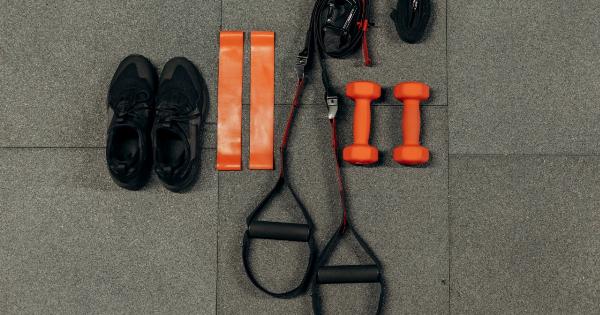Autoimmune diseases affect millions of people worldwide, with more than 80 types that can cause a variety of symptoms, including fatigue, joint pain, and muscle weakness.
It is a condition where the body’s immune system attacks itself, leading to the destruction of healthy tissues and organs. Patients with autoimmune diseases often experience fatigue that can be chronic and debilitating.
However, with the right fitness program, patients with autoimmune diseases can battle and manage fatigue.
Exercise has been shown to improve energy levels, reduce stress, and improve overall mood, making it an ideal way to combat the fatigue associated with autoimmune diseases.
Understanding Autoimmune Diseases
Autoimmune diseases occur when the body’s immune system mistakenly identifies healthy tissues as foreign invaders and attacks them. The result is inflammation that can cause damage to organs, tissues, and cells.
Some common autoimmune diseases include rheumatoid arthritis, lupus, multiple sclerosis, and celiac disease.
Autoimmune diseases are often chronic, lifelong conditions that can lead to significant fatigue, pain, and disability. There is no known cure for most autoimmune diseases, but treatment can help manage symptoms and prevent further damage.
The Importance of Exercise for Autoimmune Disease
Exercise plays an essential role in the management of autoimmune diseases. Regular physical activity can improve energy levels, reduce stress, and improve overall mood, making it an ideal way to combat the fatigue associated with autoimmune diseases.
Exercise has also been shown to reduce inflammation, which is a significant factor in autoimmune diseases. When you exercise, your body releases cytokines, which are proteins that help decrease inflammation.
Exercise can also boost the immune system and improve muscle strength and flexibility, helping patients with autoimmune diseases manage their symptoms better.
Designing a Fitness Program for Autoimmune Disease
Designing a fitness program for patients with autoimmune diseases requires a personalized approach.
Patients should consult with a healthcare provider and a certified fitness professional who has experience with autoimmune diseases before starting any exercise program.
The program should be individualized according to the patient’s medical history, current symptoms, and fitness goals.
Patients with autoimmune diseases should start with low-impact exercises, such as walking or swimming, and gradually increase the intensity and duration of the workout.
The fitness program should focus on three main areas:.
1. Cardiovascular Exercise
Cardiovascular exercise, also known as aerobic exercise, involves repetitive movements that increase the heart rate and breathing rate. It is an essential component of any fitness program for patients with autoimmune diseases.
Cardiovascular exercise improves circulation, strengthens the heart, and burns calories, which can help with weight management.
Patients with autoimmune diseases should start with low-impact cardio exercises, such as walking, cycling, or swimming, and gradually increase the duration and intensity of the workout.
They should aim for at least 30 minutes of cardiovascular exercise three to five times per week.
2. Strength Training Exercise
Strength training exercise involves using resistance, such as weights or resistance bands, to strengthen muscles.
It is essential for patients with autoimmune diseases because it can help improve muscle strength and flexibility and prevent muscle loss that can be caused by inactivity or medication. Stronger muscles can also help patients with autoimmune diseases better manage their daily activities.
Patients with autoimmune diseases should start with low weights or resistance and gradually increase as they gain strength. They should aim for at least two strength training sessions per week, focusing on all the major muscle groups.
3. Flexibility Exercise
Flexibility exercise involves stretching muscles and joints to improve range of motion and prevent injury. Patients with autoimmune diseases often experience stiffness and joint pain, so flexibility exercise can help alleviate these symptoms.
It can also help improve posture, balance, and coordination.
Patients with autoimmune diseases should incorporate stretching exercises into their fitness program, spending at least ten minutes per session on flexibility exercises.
Stretching should be done after a cardiovascular or strength training session, when the muscles are warm and pliable.
Conclusion
Autoimmune diseases can be debilitating, but with the right fitness program, patients can manage fatigue and improve their quality of life.
Exercise plays a crucial role in the management of autoimmune diseases, improving energy levels, reducing stress, and improving overall mood. Patients with autoimmune diseases should work with their healthcare provider and a certified fitness professional to design an individualized fitness program that includes cardiovascular exercise, strength training, and flexibility exercises.






























